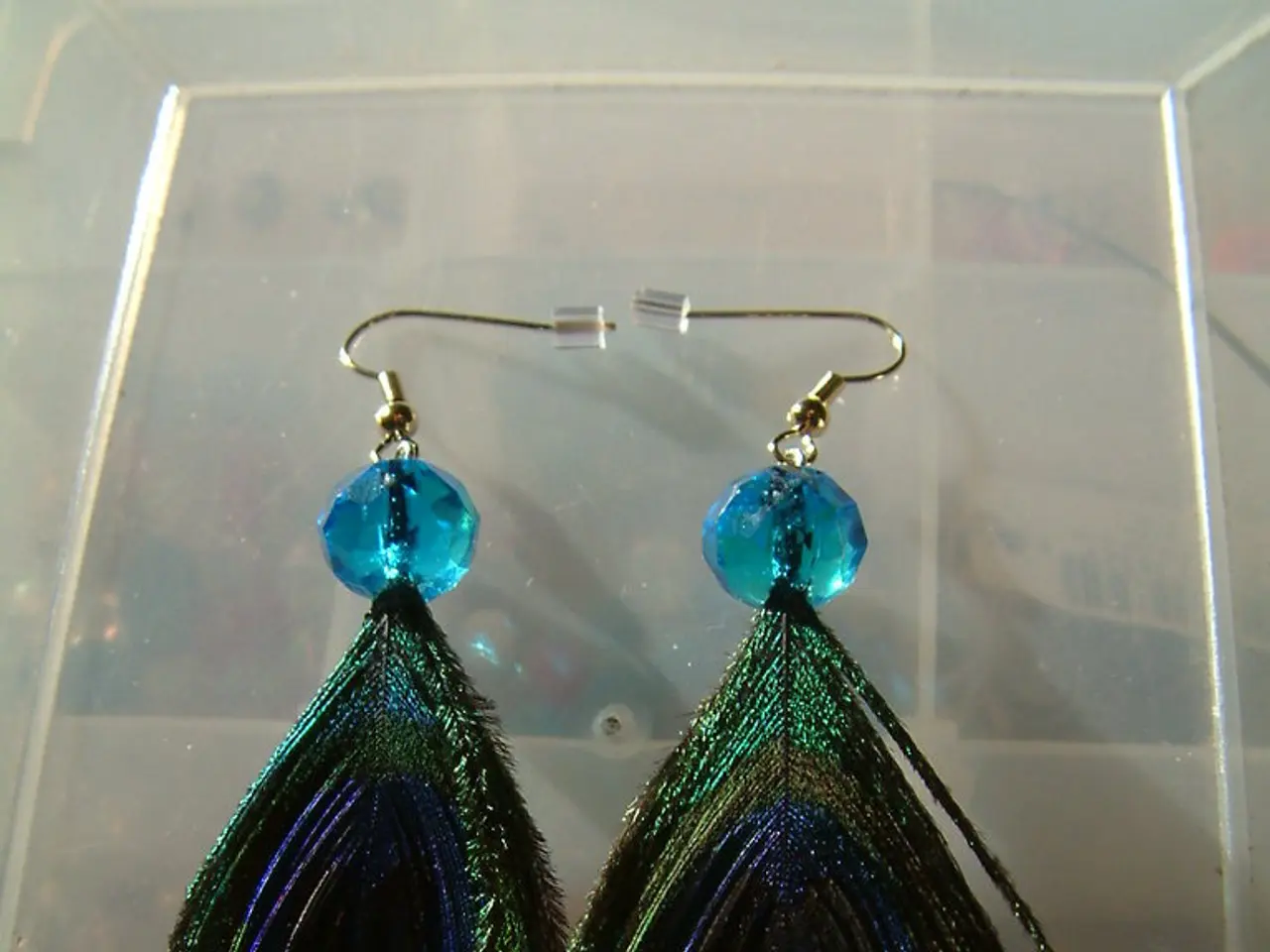Steroid creams aid in managing psoriasis symptoms by reducing inflammation and suppressing the immune system.
Steroid creams are a common treatment option for managing psoriasis, a skin condition characterized by red, scaly patches. These creams mimic hormones to reduce inflammation and suppress overactive immune system responses. However, it's essential to understand the potential side effects and precautions when using them.
Topical steroids receive a grading that describes their potency. Stronger formulations are more potent but more likely to result in adverse effects. Common side effects of steroid creams for treating psoriasis include skin thinning, dryness, irritation, burning or stinging sensations, redness, and acne-like eruptions. Long-term or excessive use can cause more serious effects such as stretch marks, easy bruising, pigmentation changes, and potential systemic absorption leading to adrenal suppression. Using near sensitive areas like the face or eyes increases risks such as cataracts or glaucoma.
Precautions when using steroid creams for psoriasis involve using the lowest effective potency and applying for the shortest duration possible to minimize side effects. Avoiding use on broken or infected skin unless advised by a doctor is also crucial. Not applying near the eyes unless specifically instructed is another important precaution. Monitoring for signs of worsening skin condition or adverse effects is essential, and consulting a dermatologist for guidance, especially for sensitive areas or long-term management, is recommended. Performing a patch test on a small area to check for allergic reaction before widespread use is also advisable.
In brief, side effects of steroid creams can include skin thinning, stretch marks, bruising, enlarged blood vessels, thicker hair, pustular psoriasis, steroid-induced rosacea, dermatitis, stinging, cataracts, glaucoma, Cushing's disease, and hyperglycemia and hypertension. It's crucial to follow the prescriber's instructions regarding the use and treatment schedule of steroid creams.
For psoriasis management, steroid creams are one part of treatment. It's essential to follow healthcare provider instructions carefully to balance benefits and risks. Other treatment options for psoriasis may include nonsteroidal topicals, systemics, phototherapy, alternative treatments like natural remedies, yoga, and alternative medical systems like traditional Chinese medicine and Ayurveda.
Remember, steroid creams should be used under medical supervision, and short-term use is recommended. Avoid using them on sensitive or damaged skin, and monitor for side effects. If severe side effects occur, discontinue use and consult a healthcare provider immediately.
[Side Effects Table] | Side Effects | Description | |------------------------------|----------------------------------------------| | Skin thinning (atrophy) | Loss of skin thickness with prolonged use | | Dryness and cracking | Skin can become dry, flaky, or cracked | | Irritation and redness | Burning, stinging, or redness at application | | Acne and folliculitis | Acne or inflammation of hair follicles | | Stretch marks (striae) | With chronic or strong steroid use | | Pigmentation changes | Lightening or darkening of skin | | Systemic effects | Rare adrenal suppression, especially in children or large-area use | | Eye complications | Cataracts or glaucoma if used near eyes |
For more information or to discuss the use of steroid creams for psoriasis, consult a healthcare provider.
- Some treatment seekers prefer alternative therapies and treatments for managing psoriasis, such as natural remedies, yoga, or traditional Chinese medicine and Ayurveda, rather than relying solely on steroid creams.
- Seekers of medical-conditions treatments might switch to nonsteroidal topicals, systemics, or phototherapy if they experience side effects like skin thinning or dryness from using steroid creams.
- Scientists continue to explore innovative solutions for skin care and health-and-wellness, with CBD being studied for its potential in addressing various skin conditions, including psoriasis.
- Medical-condition treatment like psoriasis requires careful consideration of therapies and treatments that minimize potential side effects.
- New treatment options, such as CBD-based therapies, may offer a viable alternative to traditional treatments like steroid creams for those seeking effective alternatives with fewer side effects.
- Healthcare providers offer advice on maintaining the balance between benefits and risks when choosing treatments for managing psoriasis and other skin conditions.
- To ensure safe and effective use of steroid creams for treating psoriasis, medical guidance is essential, as this can help minimize the risk of side effects and facilitate appropriate use, such as application duration, area, and precautions.




